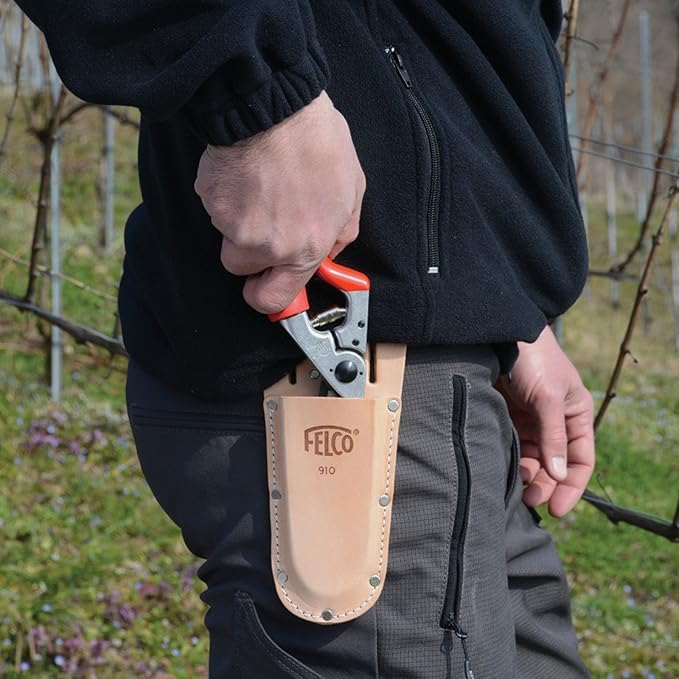Should you deadhead agapanthus? Here's what I always do as a professional gardener, for minimum fuss and maximum flowers
Learning how to deadhead agapanthus will keep your blooms in tip-top shape
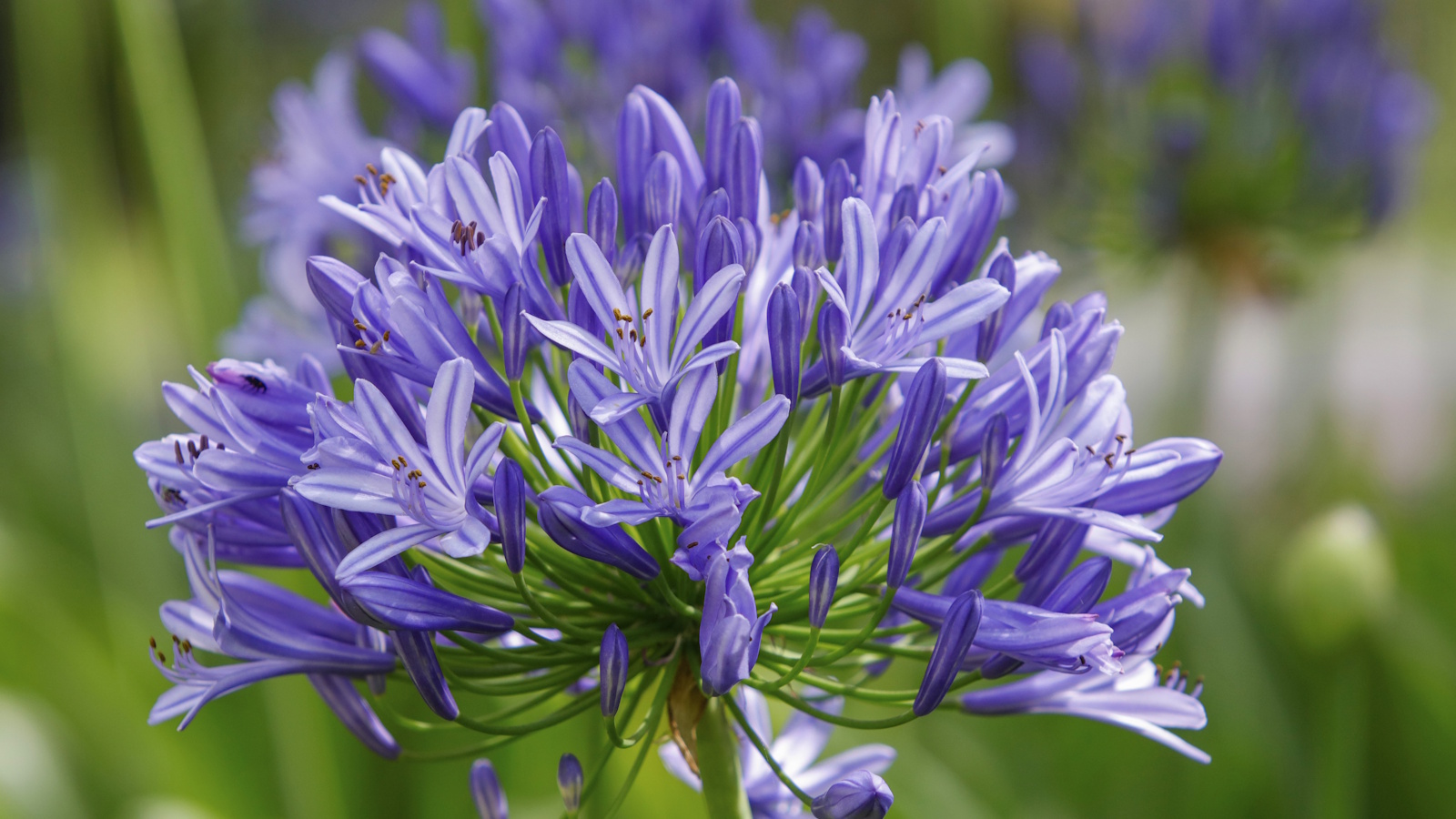

I’ve grown agapanthus – or African lily – in many gardens where I have worked, including dry Italian terraces where they baked in the sun and received little water. They’re incredibly resilient once they’ve settled in, thriving in pots or poor soil and asking for very little. But one task I always make time for during mid to late summer is deadheading.
Learning how to deadhead agapanthus is remarkably simple, and yet it keeps your yard looking sharp. In my experience, while it won't result in a profusion of dozens more flower stems, you might enjoy an extra one or two in late summer. And, whatever variety you grow, even one or two more flower spikes is worth the effort, I think.
So, if you already know how to grow agapanthus but want a little advice on deadheading, you've come to the right place. Here, I explain when and how to deadhead agapanthus flowers, to keep your yard looking spectacular this summer.
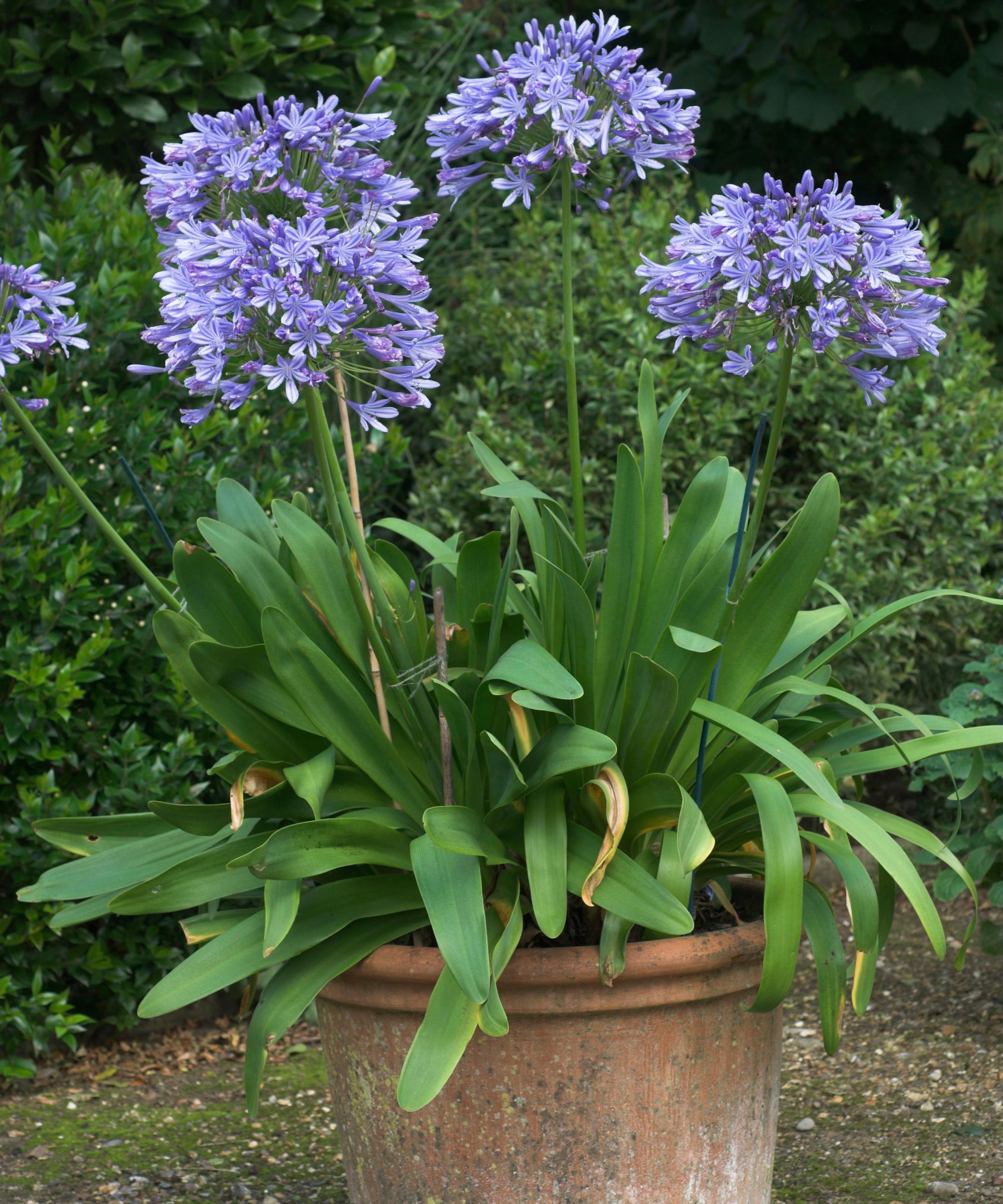
Deadheading agapanthus – my top tips
Native to Africa, agapanthus are tough and resilient plants that look good whether grown in pots or borders. Personally, I veer towards the darker blues, such as ‘Midnight Star’ and ‘Evening Blue’, which are two I come back to time and again.
Whatever varieties you enjoy, deadheading is an important task to add to your summer gardening checklist that will keep your garden in good shape. Here's everything I have learned as a professional gardener.
When to deadhead agapanthus
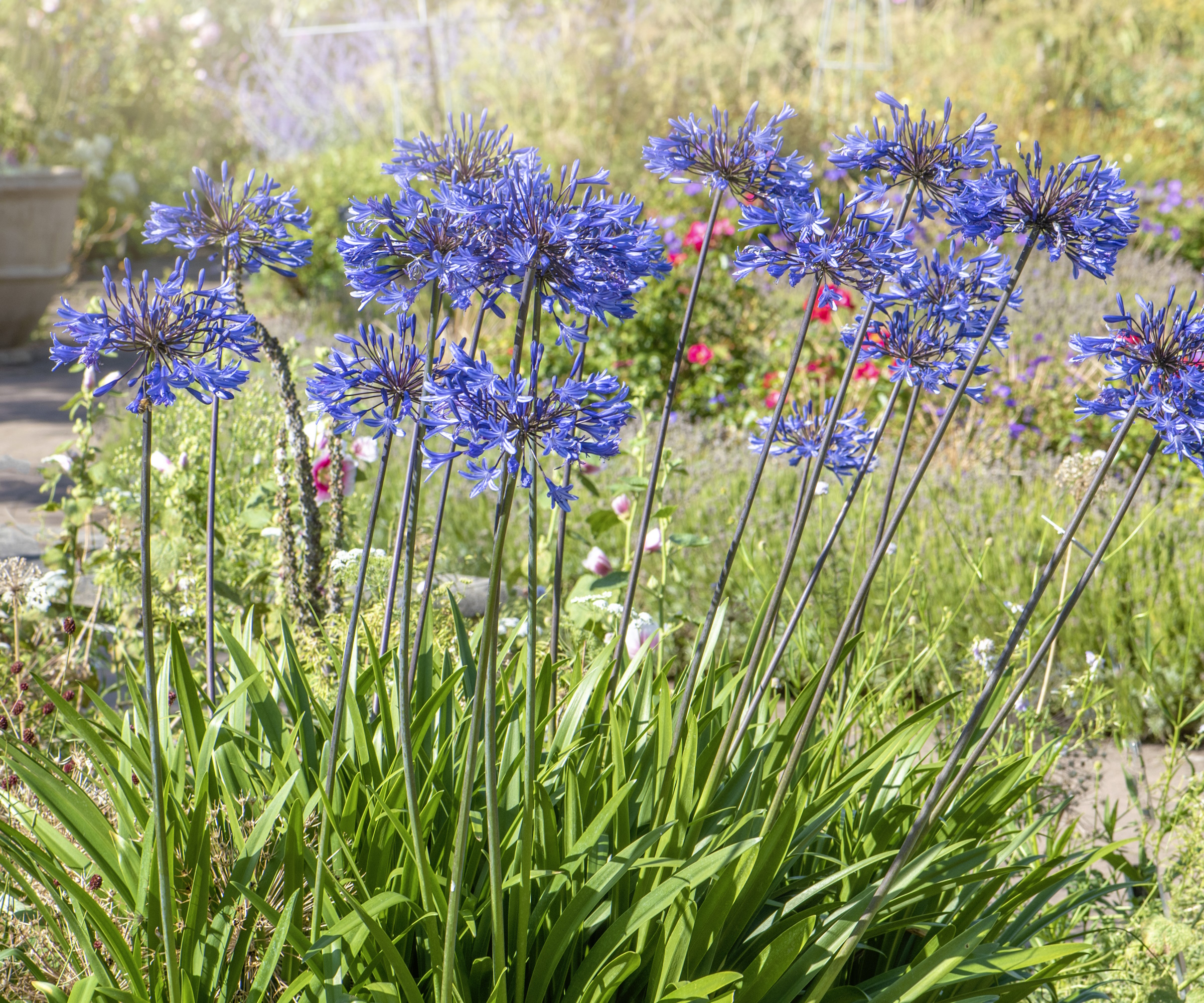
In most regions, agapanthus will flower sometime between early and late summer, depending on the variety, local climate and your US hardiness zone.
While the blooms usually last around four weeks, I’ve known these tall perennial flowers to sometimes flower for far longer, even up to eight weeks if the conditions are right.
Design expertise in your inbox – from inspiring decorating ideas and beautiful celebrity homes to practical gardening advice and shopping round-ups.
You'll easily know when to deadhead agapanthus as you will notice the brown petals begin to fall, followed by little green seed pods forming. This could be sometimes in July or August, or even as late as September, depending on where you live.
While you can leave these stems to stand, for a bit of fall and winter interest, allowing these perennials to develop seeds will result in the plant putting energy into seed production, which is something you want to avoid, if possible, particularly if you have a prolific seeding variety.
Deadheading avoids this, especially in warmer regions (such as zone 9 and zone 10) where plants can be vigorous.
Many cultivars, however, won't actually produce many seeds, if at all, and some are even sterile, for example, the 'Black Pantha' variety. In this case, you are merely cutting back for aesthetic reasons.
How to deadhead agapanthus
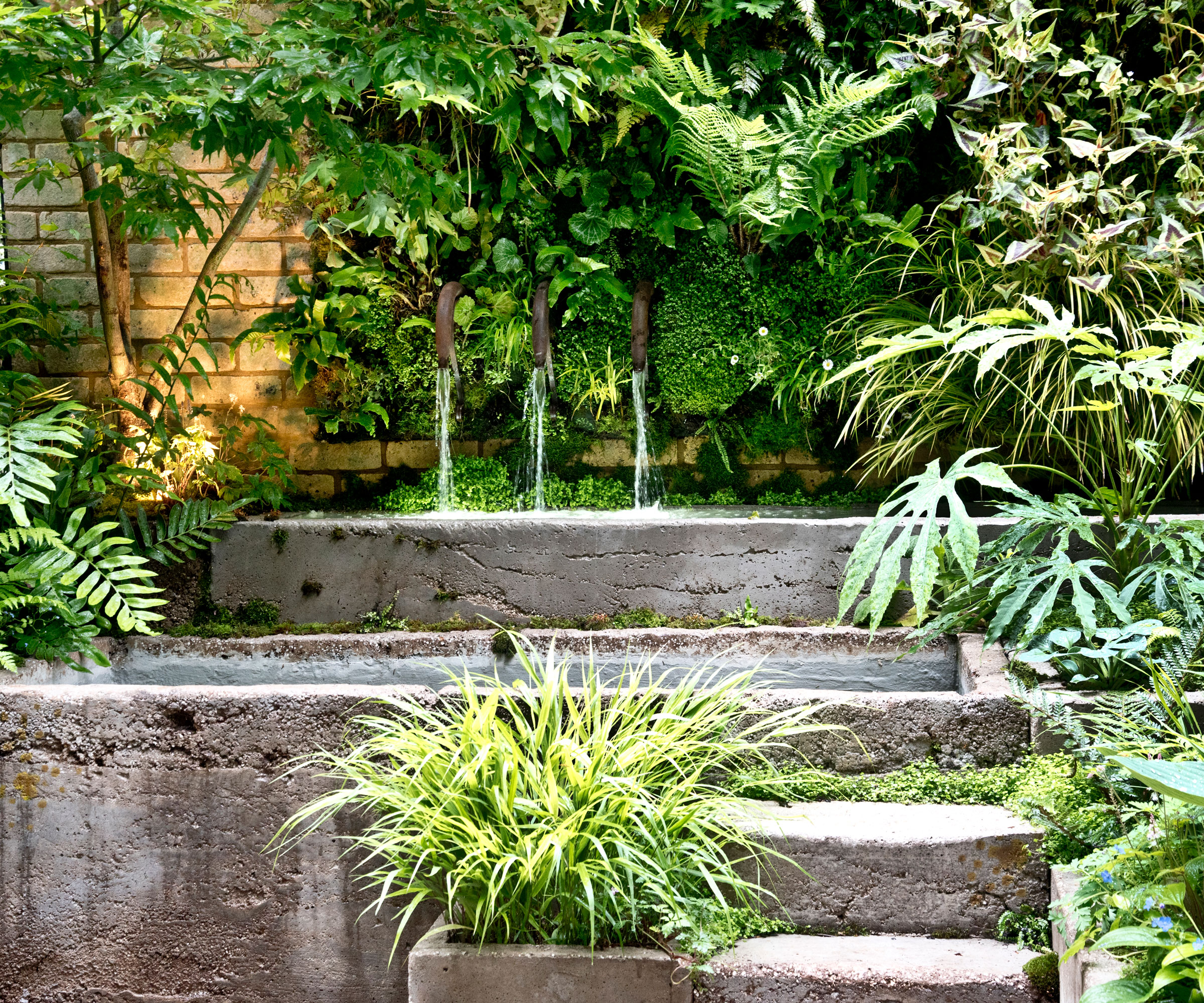
To deadhead, then, simply take clean, sharp snips, such as these highly rated Felco F2 pruners available from Amazon, and cut each stem back right down to the base. Do not cut anywhere else, as strange empty green stems will look a little odd if cut halfway.
For evergreen agapanthus (the kind that hold their foliage year-round), you can also remove any tattered or yellowing leaves while you are deadheading. Be careful not to remove too much, as the plant needs green foliage to photosynthesize and produce energy for the remaining months of summer.
For most of us growing deciduous agapanthus, those that vanish underground over winter, I suggest leaving the foliage until it naturally yellows and browns in fall.
And don’t fret if you’re late doing this. Even if the seed pods are well on their way, you can still remove the stalks and tidy up.
Sadly, unlike dahlias or zinnias, agapanthus don’t flower continuously with deadheading. But, you might enjoy an extra one or two stems in late summer if you do this early enough.
FAQs
Should I fertilize agapanthus plants in summer after deadheading?
In terms of fertilizing agapanthus, this should only be done in spring and summer, before and during flowering. In my experience, it is best to stop feeding once the blooming cycle ends, as the plants will begin to prepare for dormancy. Encouraging them to produce masses of new leaves that will only die when the temperature drops is not recommended.
Once you have finished deadheading agapanthus, you can add any faded flower stems to your compost heap. Just be sure to snip any agapanthus stems into smaller pieces, no bigger than a few inches in length, to ensure that they break down as quickly as possible.
For more information, see our guide on deadheading lilac flowers and deadheading blanket flowers, to keep your yard in spectacular shape this summer.
Shop garden accessories

Thomas is a Content Editor within the Gardens Team at Homes and Gardens. He has worked as a professional gardener for both public spaces and private estates, specializing in productive gardening, growing food and flowers. Trained in Horticulture at the Garden Museum, he has written on gardening and garden history for various publications, including The English Garden, Gardens Illustrated, Hortus, The London Gardener and Bloom. He has co-authored a Lonely Planet travel book, The Tree Atlas, due out in 2024.


